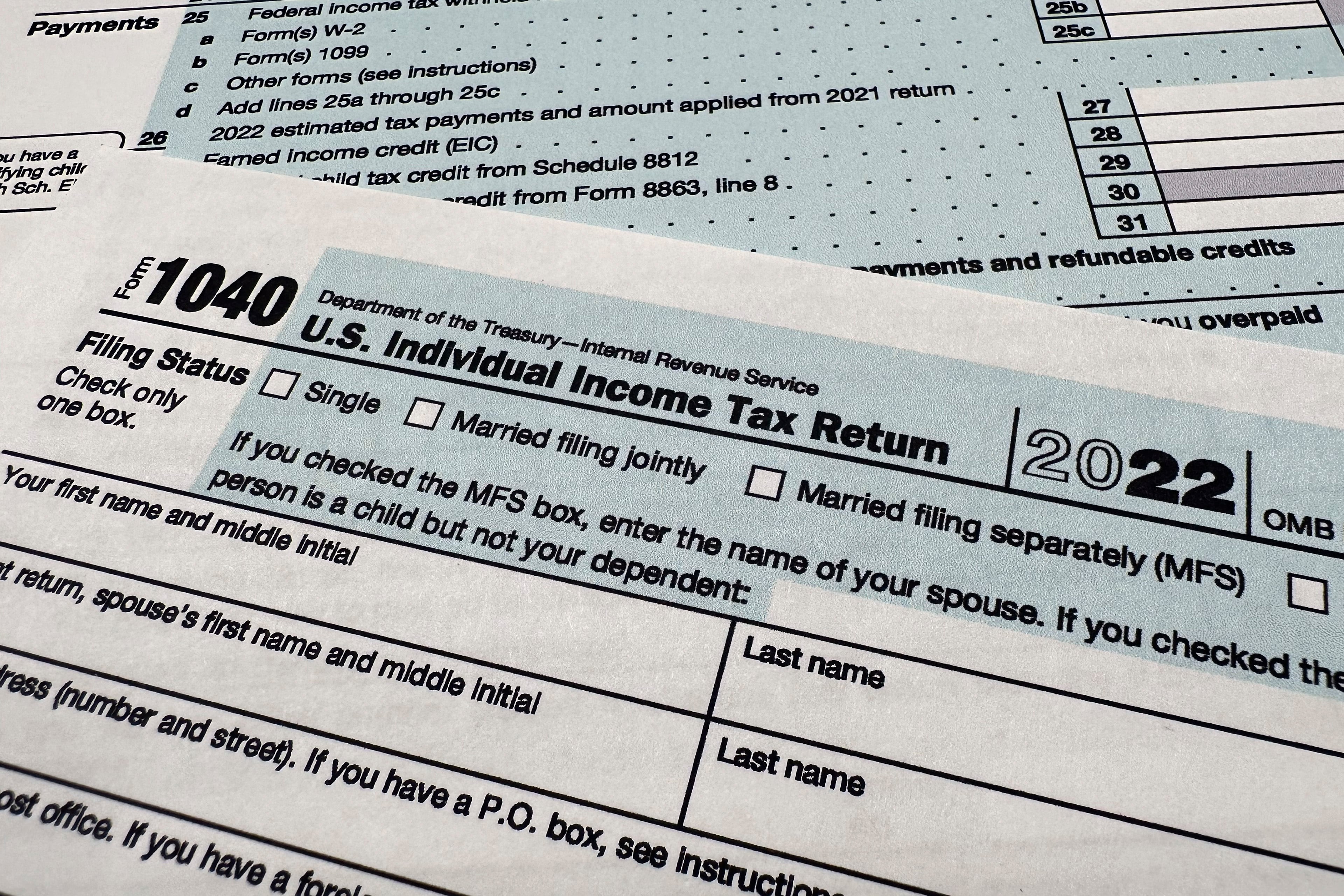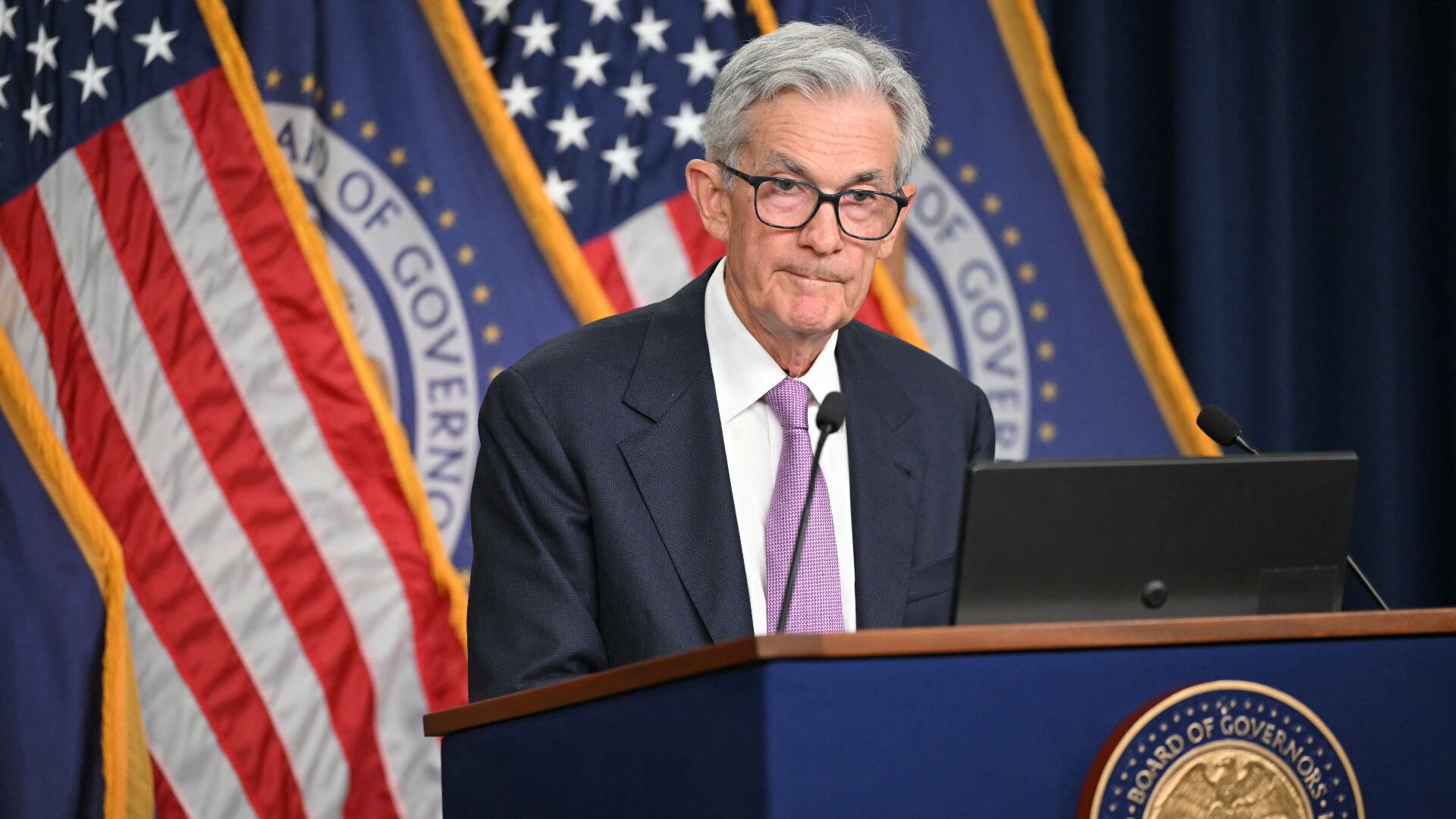By Stan Choe
Stocks are falling in morning trading Friday, putting Wall Street on track for its third losing week in the last four. But the day's and the week's losses were much milder than those that have rocked investors the last couple months.
U.S. stock indexes held steady at first, then headed lower after the price of oil lost some of its momentum, undercutting a rally for energy stocks, which had been keeping the overall market's losses in check.
Earlier, before trading began, the government reported that employers cut 701,000 jobs last month. It was the first drop in nearly a decade, but it didn’t pack as big a market punch as the astonishing numbers may have suggested because investors were fully expecting such dismal losses.
The S&P 500 was down 1%, as of 11:04 a.m. Eastern time after earlier flipping between modest gains and losses. The Dow Jones Industrial Average fell 242 points, or 1.1%, to 21,170, and the Nasdaq was down 0.9%.
Businesses have shut down across the country and the world as people stay home in hopes of slowing the spread of the coronavirus outbreak. Friday’s report likely doesn’t even fully capture the extent of the recent job losses, which have been accelerating by the day, because it collected data from before stay-at-home orders were widespread.
“There is far worse to come,” said Eric Winograd, senior economist at Alliance Bernstein.
Economists say next month’s report may even show the economy has wiped away the last of the 22.8 million jobs created during its nearly decade-long hiring streak.
The S&P 500 is down 25% since its record set in February, reflecting the growing assumption that the economy is set to slide into a sudden, extremely sharp recession. Part of that decline also reflects the market’s expectations for stunning job losses, such as those included in Friday’s jobs report.
But the panic selling that dominated the first few weeks of the sell-off has calmed a bit since Washington unleashed massive amounts of aid to help markets and the economy. The Federal Reserve has promised to buy as many Treasury securities as it takes to keep lending markets running smoothly, and Congress approved a $2.2 trillion rescue plan for the economy.
“Together, these actions are staggering and unprecedented and will go some distance toward helping to cushion the economic blow of this health crisis and help get the country to the other side,” said Rick Rieder, chief investment officer of global fixed income at BlackRock.
The S&P 500 is on track for a 1.7% loss this week, following up a 10.3% surge and a 15% drop in the prior two weeks.
Now, markets are waiting to see when the number of new coronavirus infections peaks. Only that can give some clarity on how long the economic downturn will last and how deep it will be.
The United States has more than 245,000 confirmed cases, which leads the worldwide tally of more than 1 million compiled by Johns Hopkins University.
For most people, the coronavirus causes mild or moderate symptoms, such as fever and cough. But for others, especially older adults and people with health problems, it can cause more severe illness, including pneumonia, and death.
More than 55,000 people have died, but over 219,000 have recovered.
Markets got an additional lift Friday from another gain in oil prices.
Benchmark U.S. crude climbed nearly 7% to $26.99 per barrel, adding on to its nearly 25% surge the prior day on expectations that Saudi Arabia and Russia may dial back their price war.
The world is awash in oil as demand for energy collapses, and President Donald Trump said the rivals may be close to cutting back on production to prop up oil’s price.
That helped propel some energy stocks higher, including a 2.6% rise for EOG Resources, though the gains faded through the morning. Benchmark U.S. oil had been above $28 per barrel earlier in the morning.
Energy stocks in the S&P 500 overall were down 1.1% after being higher earlier in the morning.












